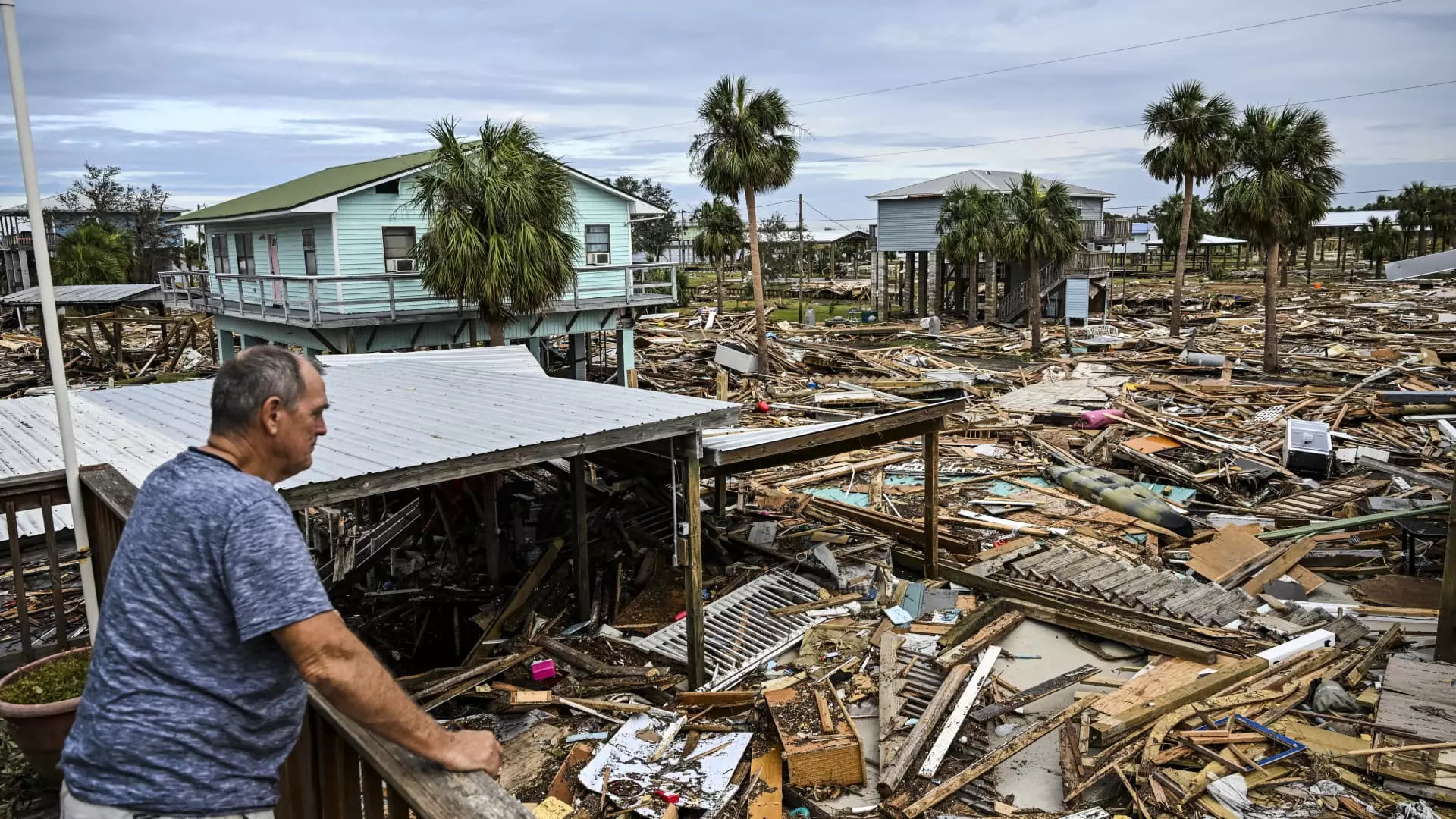Natural disasters can wreak havoc on homes and communities, resulting in significant financial loss. With incidents like Hurricanes Helene and Milton causing billions of dollars in damage, understanding the homeowners insurance claim process can be the difference between a swift recovery and prolonged distress. In light of this, it’s essential to navigate the complexities of insurance claims immediately following a catastrophe.
The Urgency of Prompt Action
Natural disasters demand quick responses. When a storm passes, the initial step is to ensure safety and assess damage. However, connecting with your insurance provider should follow closely. Delaying the reporting of a claim can set off a chain reaction of complications, including longer processing times and potential disputes over coverage. Insurance representatives like Shannon Martin emphasize that adjusters handle claims on a first-come, first-serve basis; thus, timely notification aids in fastening the recovery process.
Experts in climate risk assessment, such as Jeremy Porter from the First Street Foundation, highlight that insurance companies often face overwhelming volumes of claims after a disaster. Each passing day can complicate your claim’s approval as other claims flood in. Therefore, proactive steps taken immediately post-disaster are paramount for an efficient recovery.
Part of effective disaster management involves preparation, which should not be taken lightly. Assembling a disaster preparedness kit—including copies of your insurance policies and relevant contact numbers—is vital. This kit should accompany you if you need to evacuate and should be stored securely at your residence as well.
After a disaster, it’s crucial to promptly inform your insurer of the damage. Even if you had to evacuate, many companies allow you to begin the claims process remotely. As Porter mentions, an inspection will eventually be necessary—those on-site evaluations are pivotal in determining the extent of the losses and the subsequent compensation.
Proper documentation of the damage is essential for the success of your claim. While your insurer will conduct an inspection, it’s beneficial for homeowners to take detailed photographs of all affected areas. The act of capturing these damages serves two purposes: it helps you and your adjuster maintain accurate records and reinforces your claim against any discrepancies later on.
Daniel Schwarcz, a professor of insurance law, reminds homeowners of their obligations to protect their property from further damage after a disaster. This means they must take reasonable steps—such as making emergency repairs and documenting those expenses. Keeping records of materials purchased to mitigate further damage is vital since insurance policies typically cover costs incurred to prevent additional loss after an event, but not those incurred before.
The significance of submitting a claim promptly cannot be overstated. Experts advise filing a claim within three to five days following an incident. This timeline ensures that the cause and extent of damage is well-documented and aligned with your insurance policy. Delay can lead to complications, especially if multiple disasters impact your property sequentially.
As Porter points out, a scenario may arise where a homeowner’s property sustains damage from two separate events—such as wind damage from one hurricane and subsequent flooding from another. Without timely claims submissions, homeowners might find themselves in disputes over which insurance policy should respond, further complicating the recovery process.
Final Thoughts: Navigating the Claims Process
Successfully navigating the claims process after a natural disaster requires diligence, documentation, and prompt action. Homeowners must prioritize safety first, followed quickly by notifying their insurance provider. This proactive approach helps manage claims effectively and expedites the rebuilding process.
While the aftermath of a natural disaster can be overwhelming, understanding and employing these strategies can help ensure a smoother claims process. By taking immediate action and following due diligence in documentation, homeowners enhance their chances for a swift recovery, allowing them to focus on rebuilding rather than battling bureaucratic hurdles. The path to recovery may be long and arduous, but with the right preparation and response, homeowners can emerge stronger and more resilient.

